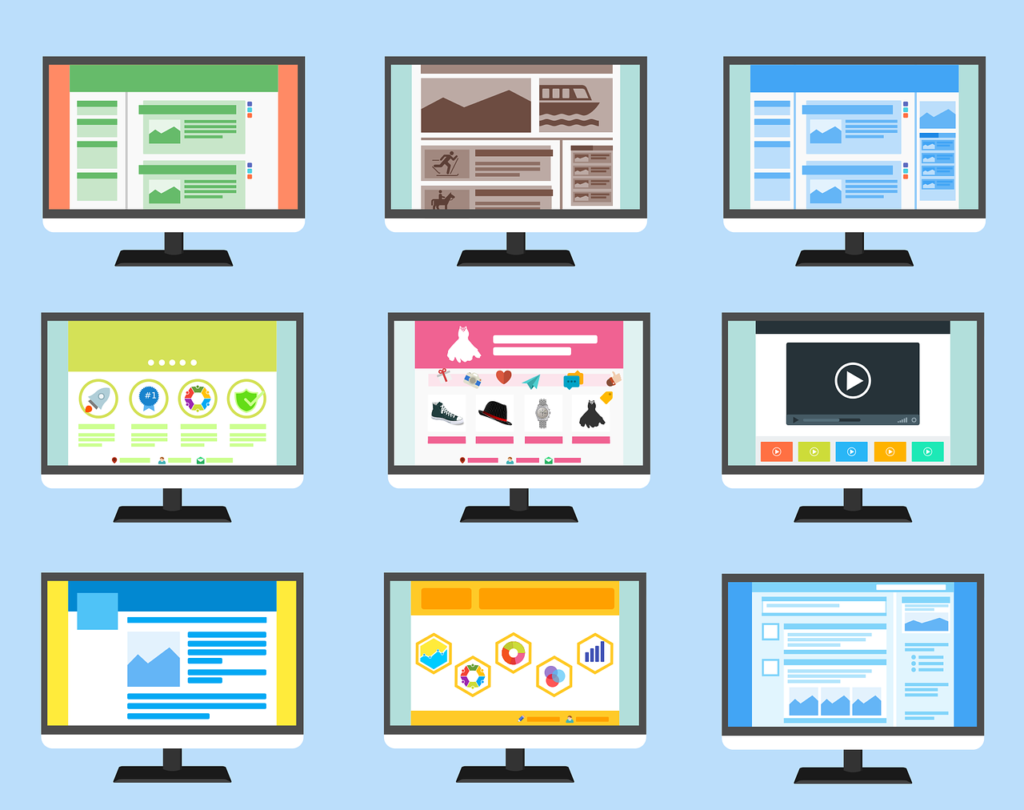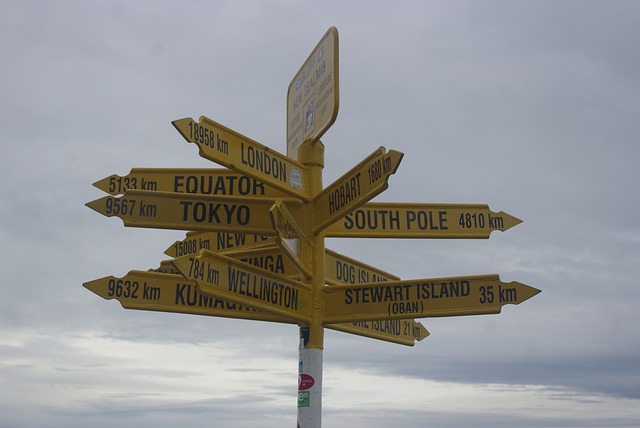Everything You Need To Know About Event Promotion!
Event planning can be stressful – the last thing you need is to worry about the promotion! Don’t panic: we’ve got plenty of tips…

What’s the first thing you do when you’re researching a business or an organisation? You search online!
These days, your web presence has never been more important. In fact, there are few things more likely to turn a person away than a poorly designed website – and we’ve all seen our fair share of bad ones! Clashing fonts, grainy images, broken links… There are plenty of reasons a website could be doing you more harm than good. So, we’ve decided to share ten tips for creating a GREAT website. Whether you’re just starting out, or you’re looking to refresh your existing online content, our list could be just the help you need…
Gone are the days when a mobile phone was used purely for calls or texts. These days, most of us walk around with the equivalent of a tiny computer in our pockets, so it’s no surprise that people might want to access your site on the go. You might think that whatever you design on a desktop or laptop will look exactly the same on a mobile phone or tablet, but trust us, that isn’t necessarily the case! Compensating for a change in screen size can create all kinds of odd-looking results – from blocks of writing on top of each other, to pictures in places they weren’t supposed to be. Most platforms will have settings to check how your site looks on various different screens and it’s vital that you check these to ensure that everything is as it should be, before you publish your creation!


When you’re setting up your website, accessibility is an absolute must. There’s no point in having a website that is completely unusable for a whole group of people, after all. Consider things like font and colour choices – make sure all the writing on your website is legible, written in a clear font and not typed in a colour that doesn’t easily show up against your background. Ensure that any pictures on your website have alt. text built in, so that visually impaired visitors are able to have that image described via a screen reader. Avoid lots of flashing images or pop-ups. Following on from this…
Make sure everything on your website is laid out in an organised fashion. This not only helps with accessibility – screen readers will have an easier job making sense of your website if it’s set out logically – but it will save visitors a lot of hassle if they can quickly navigate to the page they’re interested in. If you have a contact page, for example, a heading such as “contact us” or “get in touch” is far clearer than a heading that says “What’s up?!” Trying to stand out is a good thing, but clarity is important!


It sounds simple enough, but this can trip people up! If your website is about your range of custom-crocheted baby blankets, it needs to feature content about the blankets and perhaps the creator of said blankets. What it doesn’t need is a random page about the window-cleaning business run by your mate down the road. Keep your website clutter-free and stay on topic!
When you’re first setting up your website, you’re bound to spot things you want to change as you go along and that’s fine. What you should avoid is changing things around too much once the site is finished and has gone live. If a person visits your site on a Monday and likes what they see, only to pop back on a Wednesday and be unable to find the contact page because it’s moved to somewhere totally different, you’ve got a problem! Consistency in look and tone is important, too. Keep the fonts and colours you use consistent across each page of your website, to avoid confusion. Finally, remember that your website needs to reflect your brand identity and echo any brand voice you’ve used across social media or in physical advertising, such as business cards or leaflets. Tie it all together in a consistent bow and you’ve given yourself a head start when it comes to getting great results!


The last thing any of us want is to feel unsafe online and unfortunately, in this day and age, you can never be too careful. Adding extra security to your website – particularly if you’re asking for someone’s personal details or you’re selling items directly from your site – is therefore a must! Your site should have an SSL (Secure Sockets Layer) certificate and if you have a blog on your site, make sure you have it set up so you manually approve any comments – it’s a handy way of staying on top of any dodgy links posted there.
Most site-building platforms will have tools to help you stay on top of important statistics. Analysing this information gives you a clear view into how long people are spending on your site, what led them to you in the first place (a search engine or a social media page, for example) and what kind of device – mobile, desktop etc – people are using. Some tools will even help you find out more about your customers, from age and location to gender. All of this information gives you a better idea of who your website’s users are and what their experience of it is like, and that in turn helps you to optimise it for the best results!


Your website might be absolutely amazing, but let’s face it, most of us spend far longer on social media than we do visiting an organisation’s homepage. So, be social! Have an active set of social media channels and link to them from your website, so that if visitors like what they see there, they can follow you to stay up to date with new products, events or announcements. This works both ways, too – if you’re staying on top of your website stats, you’ll be able to see how often people are finding your site via Twitter compared to Facebook or other social media channels. This can help give you a better idea of where to post content or pay for advertising.
It might seem exceptionally obvious, but if you’re making luxury, handmade soaps, then your website needs to feature the words “luxury,” “handmade” and “soaps” as frequently as possible (whilst managing not to make them seem shoe-horned into the text). These important words are called “keywords” and their job is to tell search engines what your website is about. Considering how many websites are out there -and therefore how many results you get when looking up one word or phrase – it’s important to use keywords carefully.
Keywords can also be used in places visitors to your site won’t see. Think about things like naming any images used, or tagging blog posts. Your visitor has no idea that the picture in the corner has the name “luxury handmade soap from Cornwall,” but the search engines do!


Search engines are often what lead people to your site, so it’s important to keep an eye on how you appear in the results. Most platforms have tools for you to control the description that pops up with your search results, so make sure yours is relevant and packed full of keywords!
Following these tips is a great step towards creating a fantastic website that really shows off what you do. And of course, if you’ve reached the end of this list and you’re left scratching your head, you can always let us take the stress out of your hands! Whether we can assist with the production of a snazzy website header, logo or any other kind of graphic design, or perhaps with exciting copy that ensures your website grabs readers’ attention, we will be happy to help. You can even let us take the whole project on, designing your site from start to finish! Just contact us and we’ll work with you to create something you’ll be excited to show off to the world (wide web!).
Event planning can be stressful – the last thing you need is to worry about the promotion! Don’t panic: we’ve got plenty of tips…
In this month’s blog, we look into some of the different uses for copywriting, the tips and tricks you’ll need to keep it fresh and interesting and, lastly, whether it’s worth doing it yourself, or calling in an expert.
These days, having a website for your organisation is indispensable. Thankfully, the wealth of tools available mean that it is easier than ever to design and build your own website, but is it the right choice for you?
This women’s history month, we thought we’d take a look at some of the ways we try to accelerate action – both at work and beyond!